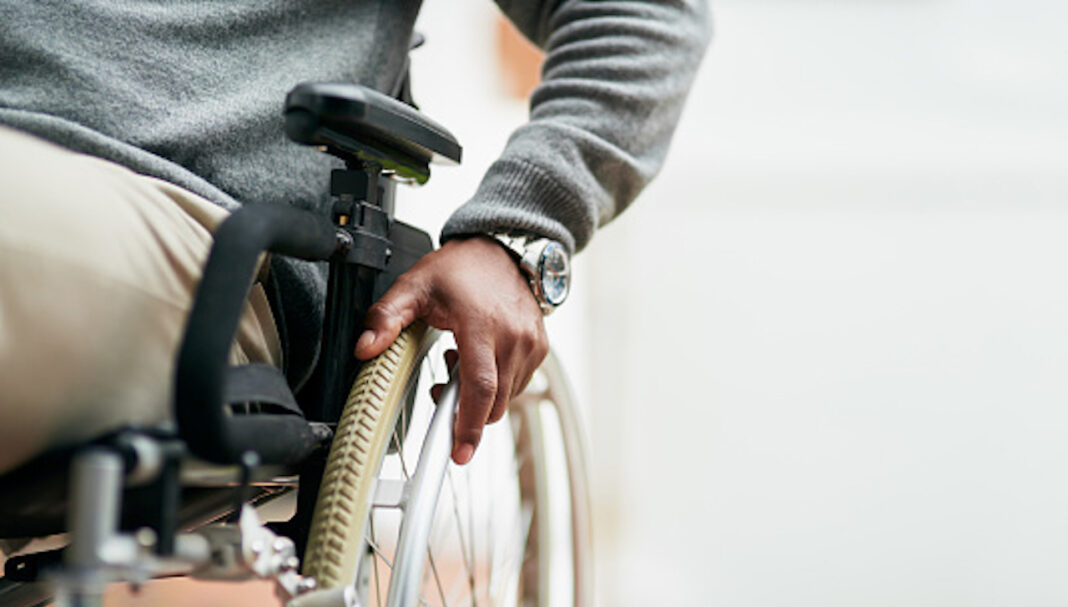Case Scenario
Mr SK is a 32-year-old male involved in an unfortunate diving accident while holidaying on Stradbroke Island at the beginning of the year. Mr SK was air-lifted to the nearest hospital for emergency surgery. He was diagnosed with an injury to the C4 vertebra. Prior to the injury, Mr SK was fit, healthy, with no co-morbidities and was taking no regular medications. He did not smoke and consumed 1–2 units of alcohol each week. Once stabilised in ICU, Mr SK was transferred to the orthopaedic ward and then subsequently the spinal injury rehabilitation unit. His injury was categorised as ASIA C.
Learning objectivesAfter reading this article, pharmacists should be able to:
Competency Standards (2016) addressed: 1.1, 1.4, 1.5, 2.1, 2.2, 2.4, 3.1, 3.2, 3.3, 3.5 |
Already read the CPD in the journal? Scroll to the bottom to SUBMIT ANSWERS.
Introduction
Approximately 20,800 Australians are living with a spinal cord injury (SCI), with the majority of cases resulting from trauma. A third of this cohort are classified as having a severe injury, resulting in no functionality of the affected limb.1 The incidence of SCI in m
THIS IS A CPD ARTICLE. YOU NEED TO BE A PSA MEMBER AND LOGGED IN TO READ MORE.






 ‘We’re increasingly seeing incidents where alert fatigue has been identified as a contributing factor. It’s not that there wasn’t an alert in place, but that it was lost among the other alerts the clinician saw,’ Prof Baysari says.
‘We’re increasingly seeing incidents where alert fatigue has been identified as a contributing factor. It’s not that there wasn’t an alert in place, but that it was lost among the other alerts the clinician saw,’ Prof Baysari says.








